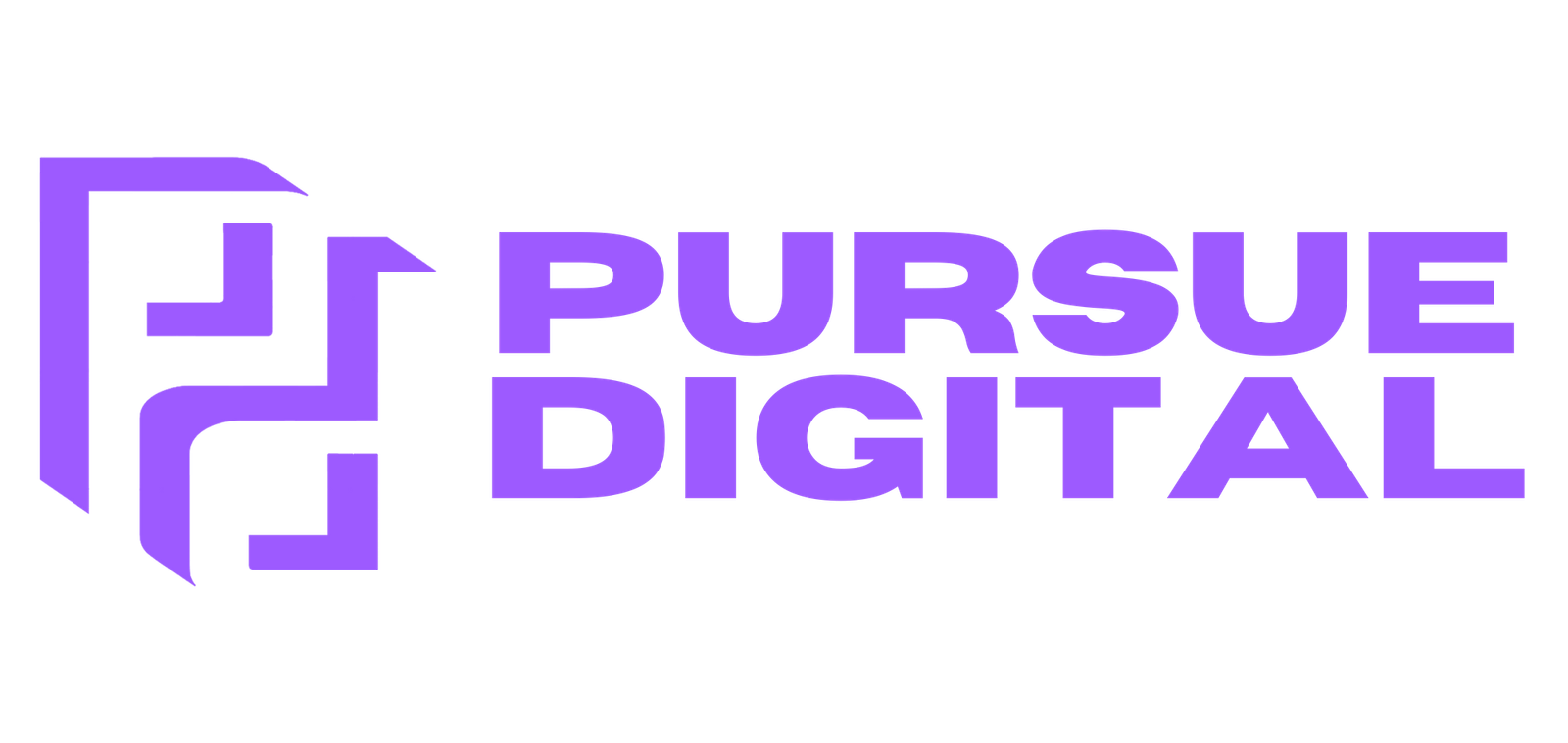Having a well-designed and user-friendly website is crucial for any business or personal brand. But what truly makes a website effective? Whether you’re building a new site or revamping an existing one, this guide covers the must-have elements that every website should include to ensure a smooth user experience, drive conversions, and boost your online presence.
Clear Navigation
Navigation is the backbone of your website. A clear and intuitive menu structure helps visitors easily find the information they’re looking for. Limit the number of main navigation items, categorize logically, and include dropdown menus for related content. Ideally, users should reach any page in three clicks or less.
Quick Tips:
- Use concise, descriptive labels.
- Consider a “sticky” menu that stays visible as users scroll.
- Include a search bar for larger sites to streamline the user experience.
Compelling Homepage
Your homepage is often the first impression visitors have of your brand, so make it count. It should communicate who you are, what you do, and why visitors should care—all at a glance. Keep the design clean and organized, using high-quality visuals and brief, compelling text to capture attention.
Key Elements:
- A captivating headline that reflects your brand.
- A brief, value-driven introduction.
- Eye-catching visuals, like a hero image or background video.
- A prominent call-to-action (CTA) to guide users to the next step (e.g., “Learn More,” “Contact Us”).
Responsive Design
With mobile users making up a large percentage of web traffic, responsive design is non-negotiable. A responsive website automatically adjusts its layout for optimal viewing on any device, be it a phone, tablet, or desktop. Many users will leave a site that’s difficult to navigate on mobile, so make sure your design is mobile-friendly.
Quick Tips:
- Test your site on different devices.
- Use a responsive website builder or framework.
- Ensure buttons and CTAs are easy to tap on small screens.
Fast Load Times
Site speed plays a crucial role in user satisfaction and SEO. A slow website can frustrate visitors and lead to high bounce rates. Aim to keep load times under three seconds by compressing images, minimizing code, and using a reliable hosting provider.
Optimization Techniques:
- Compress images without compromising quality.
- Use caching to reduce load times for returning visitors.
- Limit the use of heavy plugins and third-party scripts.
Search Engine Optimization (SEO) Basics
Effective SEO helps your site appear in search results when people look for related products or services. Every website should include foundational SEO elements, like optimized titles, meta descriptions, and relevant keywords. Structured content and clean code also contribute to a better search ranking.
Key SEO Components:
- Use descriptive page titles and meta descriptions.
- Integrate keywords naturally in your content.
- Create alt text for images to improve accessibility and SEO.
About Page
People want to know who they’re doing business with. An “About” page provides a place to share your story, mission, and values. Highlight what sets you apart and make it easy for visitors to connect with your brand on a personal level.
Tips for a Strong About Page:
- Include a brief history or story behind your business.
- Show the faces behind the brand with team photos.
- Include a call-to-action for users to learn more or get in touch.
Contact Information and Contact Form
A dedicated “Contact” page with clear information makes it easy for visitors to reach you. Include multiple ways to get in touch, such as email, phone number, and social media links, along with a simple contact form.
Key Contact Elements:
- Your email address, phone number, and location (if applicable).
- A contact form with fields for name, email, and message.
- Social media links for quick engagement.
Clear Call-to-Actions (CTAs)
CTAs are prompts that encourage visitors to take a specific action, whether it’s signing up for a newsletter, downloading a guide, or making a purchase. Place CTAs strategically on each page, ensuring they stand out and guide users smoothly through their journey.
Effective CTA Tips:
- Use action-oriented language, like “Get Started” or “Join Us.”
- Place CTAs above the fold and in other strategic locations.
- Use contrasting colors to make CTAs pop visually.
Engaging Blog or Resources Section
Providing valuable content can attract visitors, boost SEO, and establish you as an industry authority. Whether you publish articles, guides, or videos, a blog or resources section gives visitors a reason to return to your site and stay engaged with your brand.
Content Ideas:
- Share industry insights, tutorials, or tips.
- Post regularly to keep content fresh.
- Include visuals like images or infographics to enhance readability.
Privacy Policy and Terms of Service
For legal and ethical reasons, every website should include a Privacy Policy outlining how user data is collected and used. If you operate an e-commerce site, also consider a Terms of Service page to clarify purchasing and return policies. These elements build trust and demonstrate transparency.
Social Media Integration
Linking to your social media channels encourages users to follow and engage with your brand outside your website. You can also use social sharing buttons on your blog or product pages to increase visibility across platforms.
Tips:
- Include social media icons in your header or footer.
- Add share buttons to blog posts and content pages.
- Consider embedding live feeds for dynamic content.
Conclusion
A great website goes beyond aesthetics—it’s about delivering a seamless, informative, and engaging experience that keeps visitors coming back. By ensuring these essential elements are in place, you’ll be well on your way to building a site that doesn’t just look good but functions well and meets your audience’s needs.
Photo by picjumbo.com





